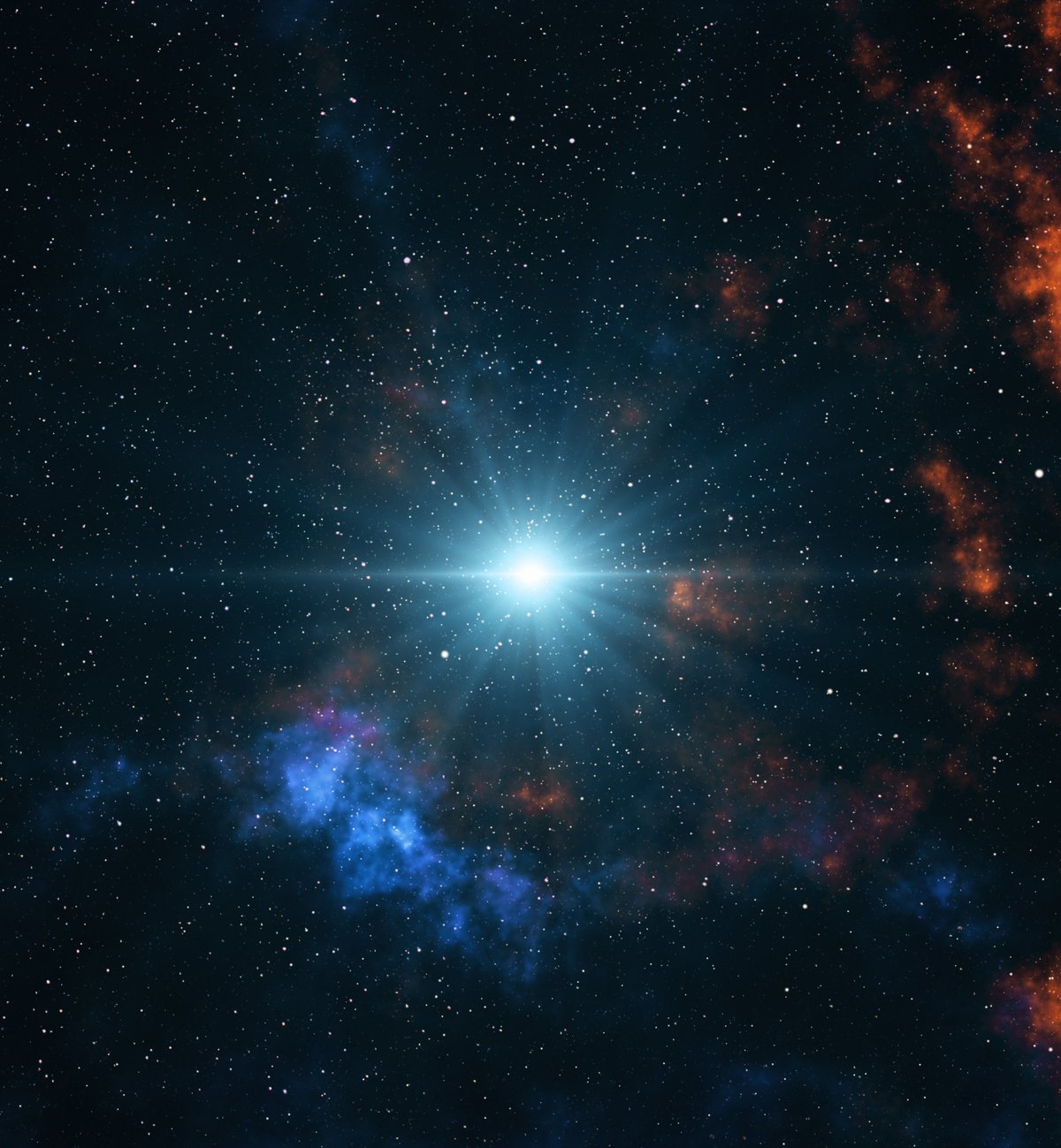The cosmos represents everything that has ever been, everything that will ever be, and even everything that never was. For example, many scientists claim that nothing existed before the Big Bang as we know it today. On the contrary, The Big Bang represents a gigantic explosion that inflated, heated and stretched the universeThe expansion occurred slowly over the last 13.7 billion years.
Unfortunately, astronomers, astrophysicists and others working in this field have not been able to observe exactly what happened during the Big Bang; the only observable evidence is the ‘echo’ of this continued expansion caused by the explosion.
In addition, researchers discuss the subject through hypotheses and mathematical models, But the truth is we don’t know exactly what happened. – after all, there was no one to watch the show.
The current consensus accepted by the scientific community This is definitely the Big Bang theoryBut the theory was debated and rejected for almost a century before it was adopted as the main hypothesis for understanding how the universe was created. As the researchers explain, everything around us, even the laws of physics of the universe, were created after a gigantic explosion that occurred at the beginning of everything.
“The Big Bang model is a widely accepted theory of the evolution of the universe. Its essential feature is that the universe emerged from a state of extremely high temperature and density. The so-called Big Bang that occurred 13.8 billion years ago…According to the Big Bang model, the Universe expanded rapidly from a highly compressed and primordial state, resulting in a significant decrease in density and temperature,” it is explained in the Encyclopedia Britannica.
As we mentioned in the text, the Big Bang is the most accepted theory by the scientific community, but this does not mean that there are no other hypotheses. Some researchers even try to explain the beginning and expansion of the universe with other assumptions. I have gathered information from astronomers and other experts in this field to better understand what the Big Bang theory is. Log out!
Was the Big Bang really an explosion?
Although many describe the Big Bang as a sudden, massive release of energy that kicked off everything we know, it may not have been a full-blown explosion. If we think of the word explosion in the traditional sense, with sparks and fire, that’s not what happened.
In reality, researchers explain that space began expanding from a hot, dense state, but then cooled, allowing everything we know today to form. So what is the Big Bang theory?
First put forward by Belgian astronomer and priest Georges Lemaître in 1927, the hypothesis received further support following observations by Edwin Hubble in 1929; the Hubble Space Telescope was named in his honor. The name Big Bang was coined ‘accidentally’ by British astronomer Fred Hoyle. It was during an interview with BBC radio and has since become known to a large part of humanity.
In a tiny fraction of a second, approximately 10^-32 of a second, the Big Bang set off a violent inflation that was responsible for the creation of all the stars, planets, moons, and other cosmic objects, as well as all the physical laws of our universe.
Once this inflation ended, matter and radiation began to fill the cosmos with particles, atoms, and other components necessary for the building blocks of matter. and therefore for the development of life.
A journey through cosmic time
All the described processes took place only in the first second, at a time when the temperature reached 5.5 billion degrees Celsius. The ‘soup’ left over from the explosion caused electrons to be released, which allowed for the afterglow of the Big Bang, a phenomenon known as the cosmic microwave background radiation (CMB). This is one of the main clues to this theory, but not the only one.
“In addition to accounting for the existence of ordinary matter and radiation, the model predicts that the current universe should also be filled with neutrinos, elementary particles that have no mass or electric charge. Other remnants of the early universe are likely to eventually appear. “Let them be discovered,” the Encyclopedia Britannica concludes.
From mathematical calculations, theoretical tests and experiments in particle accelerators, Scientists have managed to create a timeline that shows what probably happened up until the current evolution of the cosmos. However, it is important to emphasize that work continues to be done to verify the theory’s validity, but there are still some pieces missing from this puzzle.
Follow other curiosities about space and astronomy here on TecMundo. If you wish, take the opportunity to learn 5 fascinating facts about the Big Bang theory. On to the next one!
Source: Tec Mundo
I’m Blaine Morgan, an experienced journalist and writer with over 8 years of experience in the tech industry. My expertise lies in writing about technology news and trends, covering everything from cutting-edge gadgets to emerging software developments. I’ve written for several leading publications including Gadget Onus where I am an author.













